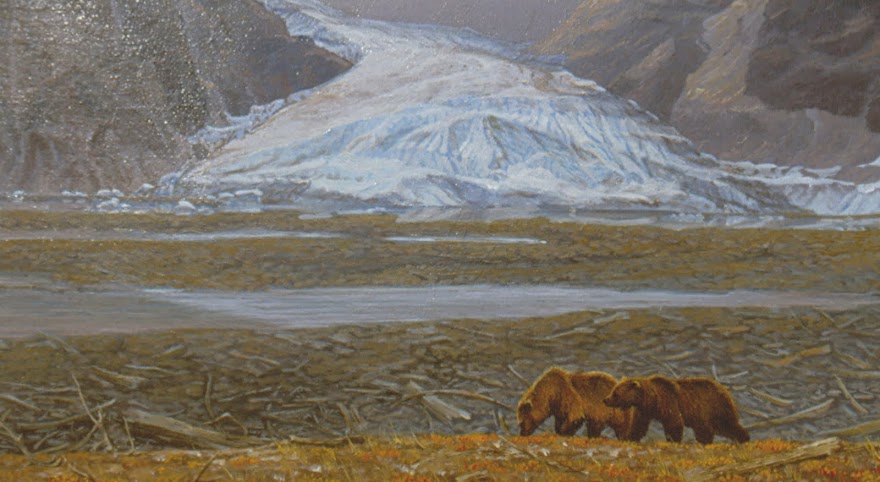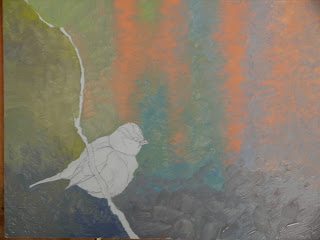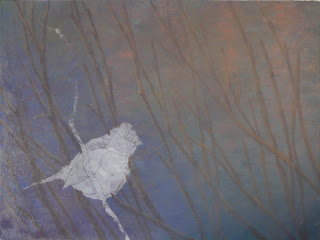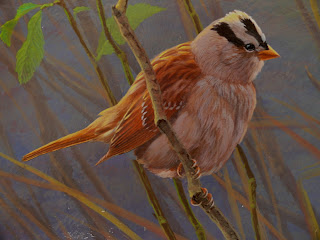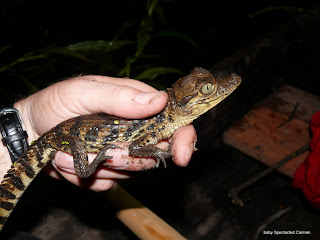 These are Spruce Grouse. The hen, and a few of her brood. There were five in all that I saw standing in the road.
These are Spruce Grouse. The hen, and a few of her brood. There were five in all that I saw standing in the road. The Spruce Hen.
The Spruce Hen. Not many people know that Alaska is a mushroom paradise. They are everywhere in the late summer. I'm too lazy to try to look up what kind of mushrooms these are. I just like the looks of them.
Not many people know that Alaska is a mushroom paradise. They are everywhere in the late summer. I'm too lazy to try to look up what kind of mushrooms these are. I just like the looks of them.




The following, and preceding, photos were recently shot at Goose Creek, between Willow, and Talkeetna, in Alaska.
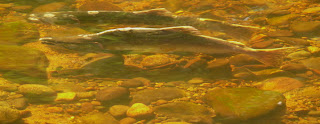 Spawned out Pink Salmon, still wanting to display to each other.
Spawned out Pink Salmon, still wanting to display to each other.
This Pink Salmon still has quite a bit of life, left in it.

Dead Pink Salmon along the shore. At this time of year, the whole creek stinks with the stench of decomposing salmon.
 Compare this 8x10" Pintail Hen with the subject of the, Paint by Numbers, post. It was inspired by the same photo. This time I have set it near the mouth of Chester Creek, which is one of the best places to see waterfowl in the Anchorage area. I first painted this in 2004, but it never sold, and did'nt look quite right. Today I re-worked the water behind, and in front of the duck. Now it looks much better.
Compare this 8x10" Pintail Hen with the subject of the, Paint by Numbers, post. It was inspired by the same photo. This time I have set it near the mouth of Chester Creek, which is one of the best places to see waterfowl in the Anchorage area. I first painted this in 2004, but it never sold, and did'nt look quite right. Today I re-worked the water behind, and in front of the duck. Now it looks much better.I'm kind of proud of this one. It is set in the Salt River Canyon in Arizona. I spent a lot of time exploring that place when I was younger. My home for 19 years was about 100 miles away. The Salt River Canyon is a smaller version of the Grand Canyon. The difference is that there is a highway running through it.
One of the main reasons for this post is to write about Artists for Conservation. It is a prestigeous, non-profit organization that promotes both conservation causes, and nature artists. I have wanted to be a part of them for years, but was too intimidated to approach them.
Finally I submitted some of my artwork to them, and was overjoyed to be asked to join their ranks. The best of the best artists are part of this organization. Please visit their website, and look over my little pages, alongside the great ones. It's http://www.natureartists.com/
